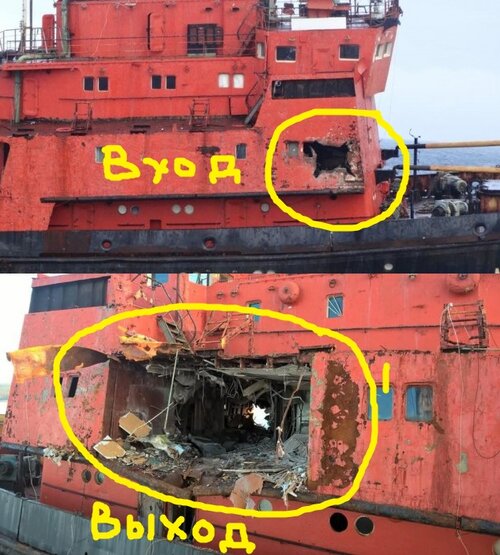T. A. Gardner
ACCESS: Top Secret
- Joined
- 18 February 2021
- Messages
- 1,152
- Reaction score
- 2,022
Interestingly, photos of the Belgrano going down show the same sort of damage similar US cruisers suffered versus Japanese 'long lance' torpedoes. One hit and blew the bow off the ship, a pretty common thing that happened to US cruisers off Guadalcanal. The other hit somewhat aft of amidships and caused major flooding in the main spaces. Given the age and material condition of the ship it's almost certain that serious progressive flooding followed that hit and that's what sank the ship.The Belgrano was 40 years ago. And Conqueror's skipper chose Mk 8 simply because of reliability issues with early Tigerfish. Not only is Mk 8 long gone from service, but so is Tigerfish.
For example, USS Helena suffered similar damage and went down in WW 2



